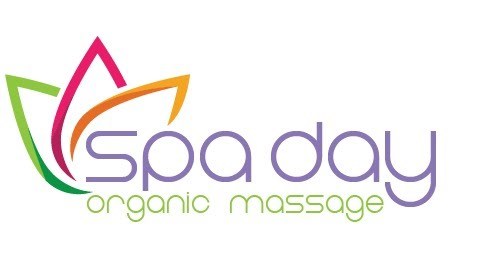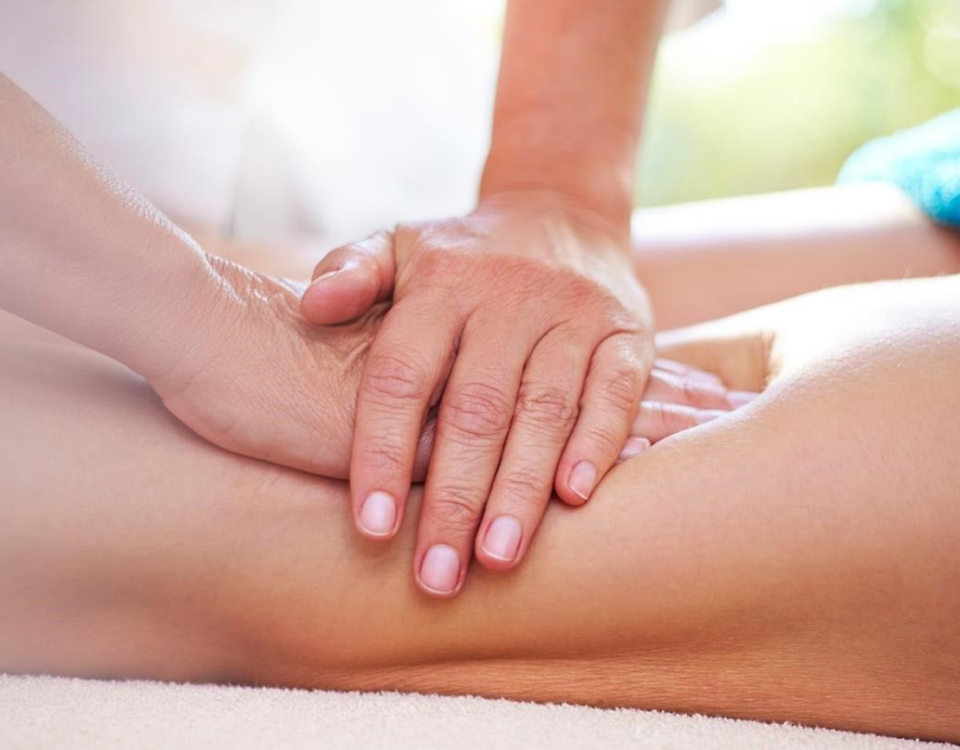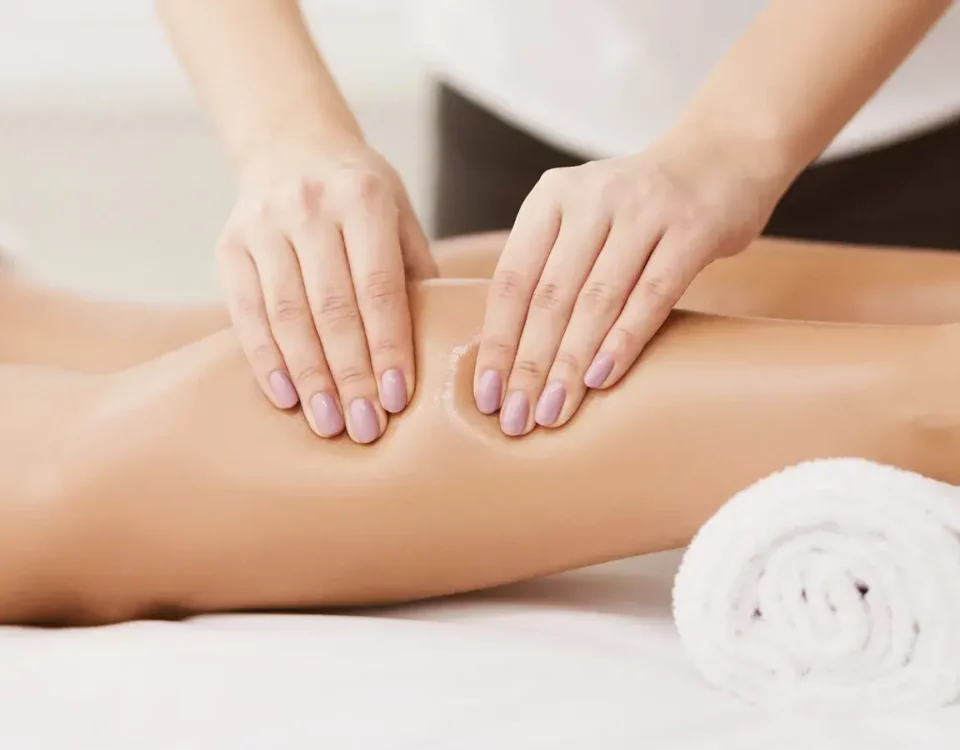
The Precision of Deep Tissue Massage Techniques Unveiled
April 17, 2024
Planning Ahead for Your Couples Massage
April 19, 2024In the realm of therapeutic massage, deep tissue techniques hold a unique position due to their profound effect on the body’s myofascial structures. This specialized method, characterized by slow strokes and concentrated pressure, aims to reach deeper layers of muscle and fascia, mitigating chronic muscle tension and promoting healing.
However, the effectiveness of these techniques extends beyond simple relaxation or immediate relief. To fully comprehend their potential, it is essential to thoroughly analyze the specific strokes and methods used in deep tissue massage, their biomechanical implications, and their potential benefits for health and wellness.
This detailed exploration promises to offer a comprehensive understanding of these intricate techniques and their application in various contexts.
Understanding Deep Tissue Massage Techniques
To fully grasp the intricacies of deep tissue massage techniques, it is crucial to delve into its fundamental principles and methodologies. Deep tissue massage is a specialized form of massage therapy that targets the deeper layers of muscle and connective tissues. It aims to alleviate chronic tension, decrease muscle stiffness, and enhance mobility by applying slow, deliberate strokes and deep, sustained pressure.
The techniques applied in deep tissue massage are varied, each designed to address specific issues. The most commonly employed methods include Stripping, where the therapist applies deep, gliding pressure along the length of the muscle fibers using the elbow, forearm, knuckles, or thumbs, and Friction, where pressure is applied across the grain of the muscle to release adhesions and realign tissue fibers.
Every stroke has its purpose, and every technique its significance. Understanding these techniques and their intended effects is not merely about gaining knowledge. It’s about empowering oneself to make informed decisions about personal wellbeing, taking an active role in one’s health journey, and feeling a deeper sense of belonging in the world of holistic self-care and wellness.
Benefits and Application of Deep Tissue Strokes
Building on the understanding of deep tissue massage techniques, it is essential to elucidate the benefits and practical applications of deep tissue strokes. These strokes, applied with slow, deliberate pressure, penetrate layers of muscles and fascia, effectively enhancing circulation and alleviating tension.
The benefits of deep tissue strokes are multifold. Primarily, they aid in the breakdown of scar tissue and muscle ‘knots’ that can disrupt circulation and cause pain, limited range of motion, and inflammation. Furthermore, these strokes stimulate the lymphatic system, promoting detoxification and enhancing overall body function. By reducing stress hormone levels and boosting mood-enhancing hormones like serotonin and oxytocin, deep tissue strokes can also play a role in stress management and mental well-being.
In terms of application, deep tissue strokes are particularly useful for individuals suffering from chronic pain conditions, such as fibromyalgia and osteoarthritis. Athletes recovering from injuries or seeking enhanced performance may also find deep tissue massage beneficial. The strokes can be tailored to the client’s needs, making this method a versatile tool in therapeutic and wellness contexts.
Conclusion
In summary, the deep tissue massage techniques harness the potential to relieve chronic muscle tension, foster improved physical health, and promote emotional well-being.
The strokes, when applied correctly, hit the nail on the head in addressing the root cause of discomfort, thus ensuring a holistic healing process.
It is vital for therapists to continually hone their craft, ensuring they are well-versed in these techniques to provide the most effective treatment possible.
Read More:





